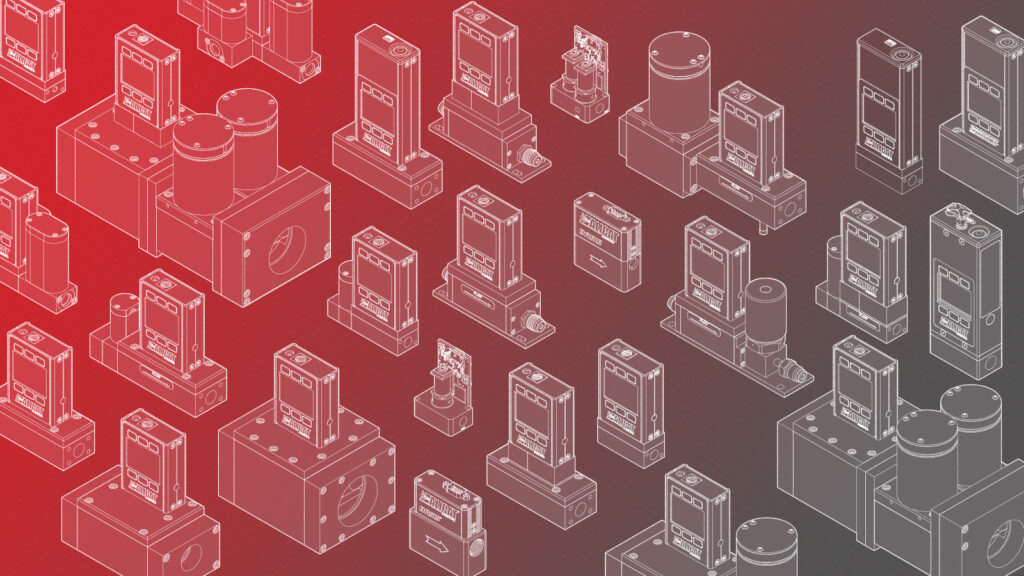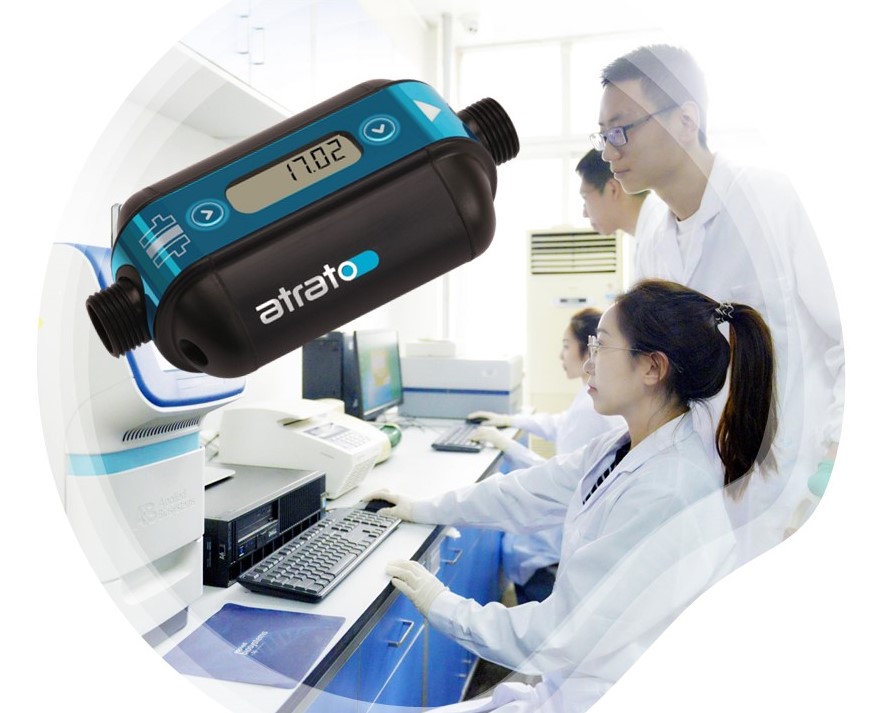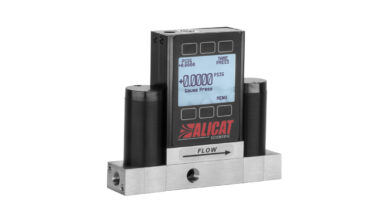As a result of the deep carbon cycle, the equilibrium of atmospheric and subsurface CO2 results in 99.99% of all carbon on Earth being located underground where it does not contribute to global warming. Nonetheless, the 0.01% of Earth’s carbon located in our atmosphere plays a significant role in climate change. To mitigate the negative warming effects of atmospheric CO2 and other hydrocarbons, environmental researchers are developing strategies to:
- Reduce carbon emissions in manufacturing processes
- Capture, sequester, or reuse atmospheric carbon
- Increase use of energy alternatives such as hydrogen over CO2 and hydrocarbon producing fuels
In the following, we describe groundbreaking white and orange hydrogen generation processes which merge carbon sequestration, geothermal heating, and hydrogen production, offering major advantages such as:
- The lowest possible hydrogen production costs compared to other hydrogen production processes (such as blue, green, or pink hydrogen)
- Access to a nearly “unlimited” hydrogen energy supply that naturally recharges itself sustainably
- A negative to zero carbon emission footprint
- Potential for scalability in most areas of the world, resulting in low fixed energy costs
Explaining white hydrogen
White hydrogen describes any hydrogen generated through the passive capture of natural hydrogen from underground sources. In other words, simply extracting natural hydrogen out of the Earth.
Locating white hydrogen
In many geoscience related applications, such as oil and gas drilling, gold and diamond mining, and deep-sea exploration, abundant amounts of natural hydrogen gas have been documented. For example, kimberlites, prevalent minerals found in natural diamond mines, are also associated with reserves of hydrogen gas. Some additional documented natural hydrogen sources include:
- Serpentinization of olivine and pyroxene ultramafic rocks (containing peridotite, dunite, or kimberlite)
- Volcanic activity
- Hydrothermal vents
- Crystallization of magma
- Degassing of primordial H2
- Ophiolite seeps
- Graphite deposits
- Conventional oil and gas sources and generation
- Potash deposits
- Water hydrolysis or radiolysis
- Earthquakes
- Fermentation of organic matter
- Oxidation or corrosion of iron compounds
Challenges of white hydrogen
Although various sources of white hydrogen have been identified, scientists know much less about searching for white hydrogen than they do about locating oil and natural gas. For example, researchers are still trying to determine where white hydrogen is most prevalent, especially at higher gas concentrations, and if/how white hydrogen gets trapped in various geological formations. Therefore, a key challenge to more successfully scaling and more fully utilizing white hydrogen is to gain a better understanding of the geological activity associated with white hydrogen by improving detection methods.
Another key challenge to white hydrogen is optimization of extraction and storage practices. However, since there is established infrastructure for drilling oil and natural gas which overlaps with hydrogen drilling, future research and investment costs to overcome current limitations should be mitigated.
White hydrogen is already being utilized for power generation in places around the world, such as Iceland and the US. A village in Mali, for example, has been using white hydrogen as a source of electricity for years, tapping into naturally seeping, underground hydrogen gas reserves. Due to its affordability compared with all other hydrogen sources, white hydrogen is rapidly expanding as new reserves are discovered. In total, it is estimated that some 20 metric tons of white hydrogen escapes from the surface towards the atmosphere each year.
Explaining orange hydrogen
Orange hydrogen: Combining white hydrogen, carbon sequestration, and geothermal heating methodologies
Orange hydrogen is a special subtype of hydrogen production developed by CNRS-INSU. It is related to white hydrogen and combines carbon sequestration and geothermal heating principles. Specifically, orange hydrogen describes hydrogen generated from chemical reactions which are initiated in iron-rich underground rock formations by storing CO2 under sufficient geothermal heat and pressure. Whereas white hydrogen passively captures hydrogen, orange hydrogen requires slightly more energy to operate since it is formed by actively initiated chemical reactions.
How Orange Hydrogen Works
Orange hydrogen is formed by pumping a CO2 enriched water solution into reactive, iron-rich rock formations. When the CO2 solution interacts with iron, magnesium, and calcium oxide under sufficient geothermal heat and pressure, geochemical reactions lead to the precipitation of solid carbonates and hydrogen gases within just a few hours to days and are then recovered from the fluid.
The orange hydrogen future
Since iron-rich rocks are some of the most common all around the world, making up more than 5% of total minerals on Earth’s crust, there are many potential drilling locations for orange hydrogen. Due to the prevalence of these materials, the supply of orange hydrogen is enough to power the world for thousands of years.
Orange hydrogen solves two global warming problems at once by simultaneously sequestering CO2 (which becomes mineralized during the process) and capturing hydrogen that can be used to produce cleaner energy. In contrast to green hydrogen production, or renewable-based electrolysis, where only specifically tuned water and electrolyte mixtures are acceptable, orange hydrogen can use various water sources. This includes saltwater and wastewater solutions, thus achieving significantly lower costs than green hydrogen while also being even more environmentally friendly due to the net negative carbon effect of sequestering large amounts of CO2.
Byproducts of orange hydrogen are also profitable, containing elements of economic interest such as Li, Ni, and Co. Through CO2 injection, these elements are released into percolating fluids and can be extracted in parallel to hydrogen using fractionated precipitation. In contrast to other hydrogen production approaches, orange hydrogen is less dependent on critical raw materials and easier to replicate all around the world, thus accelerating the development of the future hydrogen economy.
Potential Alicat uses for emerging orange and white hydrogen industries
Alicat’s wide range of mass flow and pressure controllers and meters offer a plethora of potential uses for the nascent white and orange hydrogen industries, including:
1. Controlling fluid injection during in situ fluid reaction tests
To find suitable drilling locations for orange hydrogen production, following similar procedures to geothermal energy drilling processes, Alicat mass flow controllers can be used for hydraulic tests such as pulse injection, constant rate, constant head, and cyclic water injection. By running these series of tests, researchers can study how variable pressure responses and flow rates induce stresses or chemical reactions in rock formations, mitigating problems that may occur during drilling such as artificial earthquakes. As a result, scientists can identify ideal pressure, temperature, flow rate, and fluid compositions for optimal hydrogen production and carbon mineralization.
Because these tests often involve low permeability rock formations, a wide range of low flow rates are often tested over long periods of time. Compared to thermal mass flow controllers also used in these tests, Alicat’s mass flow products offer advantages such as:
- Superior turndown ratios for testing wider flow rate ranges
- Near-instantaneous warm-up times
- Improved accuracy
- Unrestricted orientation options
In particular, Alicat’s CODA KC-Series is optimal for hydraulic tests since it is compatible with a wide range of liquids and gases at pressures up to 4000 PSIA with full scale flow rates from 40 g/h to 100 kg/h, ensuring consistent and repeatable fluid injection tests.
2. Sparging CO2 into injection water
Additionally, Alicat mass flow controllers such as the MC-Series can be used to sparge up to 5000 L/min of CO2 or other hydrocarbons into injection water fluids, simultaneously sequestering them in the ground and releasing hydrogen and other valuable byproducts. Useful Alicat device features such as batching and totalizing allow for accurate tracking of how much carbon is conserved, providing a record to maximize regulatory credits demonstrating reduced carbon emissions.
3. Analyzing fluid samples in chromatography and spectroscopy systems
Alicat devices can also be used in the emerging white and orange hydrogen industries to improve the accuracy of gas chromatography, liquid chromatography, and mass spectroscopy data interpreting drilling fluid samples. When using either gas chromatography-mass spectroscopy (GC-MS) or liquid chromatography-mass spectroscopy (LC-MS) systems using Alicat devices as components for flow and pressure regulation, sampling accuracy is improved, allowing researchers to determine all the components of a gas or liquid solution and their relative concentrations to one another.
4. Purifying and separating fluids
Another potential way that Alicat devices can be used in orange and white hydrogen systems is to purify and separate fluids. For example, in hydrogen pressure swing adsorption, Alicat devices can be used for pressure and flow regulation, ensuring that chamber pressures are stabilized and gases are correctly purged and flowed using a number of communications options. As a result, the purification of hydrogen (or other gases) can be more precisely automated.































